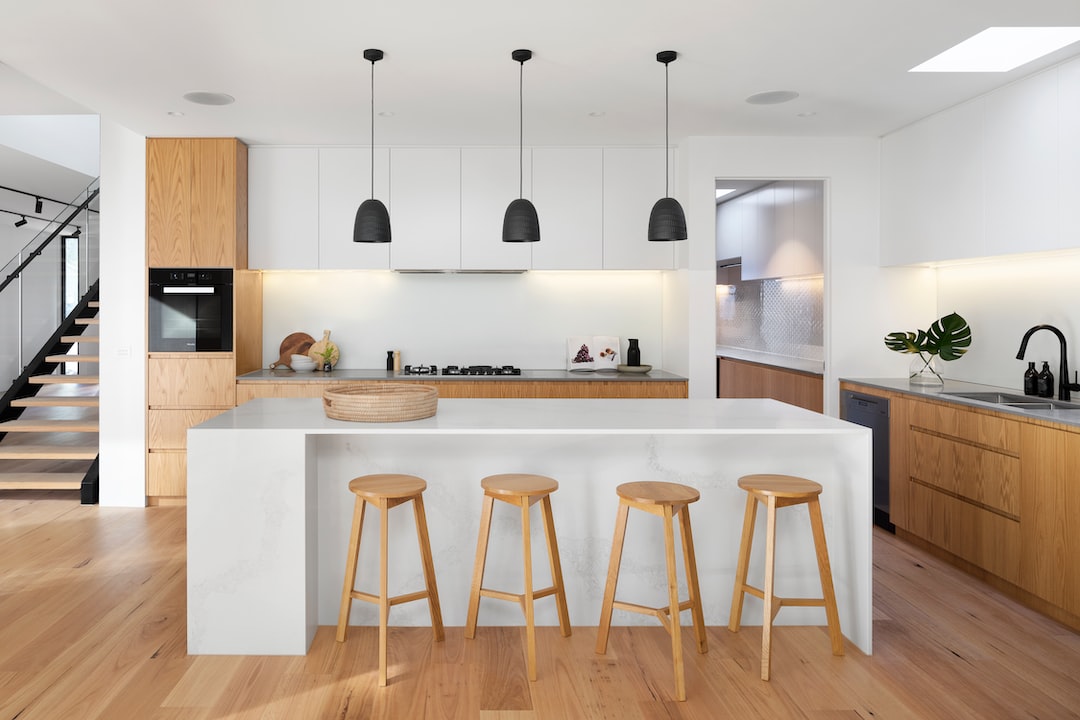Creating a Kid-Friendly Home with Safe and Durable Furniture
Creating a safe and enjoyable environment for your children is a top priority for any parent. When it comes to designing a kid-friendly home, one crucial aspect to consider is the choice of furniture. Kids are notoriously energetic and curious, so it is vital to select furniture that is both safe and durable to withstand their playful adventures. In this blog post, we will explore some essential tips and guidelines to help you create a kid-friendly home with safe and durable furniture.
1. Opt for Non-Toxic Materials: Kids have a knack for exploring everything with their mouths, especially when they are young. It is imperative to choose furniture made from non-toxic materials to prevent any potential harm. Look for furniture labels that indicate it is free from harmful chemicals, such as lead or formaldehyde. Materials like solid wood, bamboo, or non-toxic plastics can be excellent options.
2. Consider Rounded Edges: Kids tend to run around, jump, and play in every nook and cranny of your home. To prevent accidents and injuries, invest in furniture with rounded edges. Sharp edges on tables, chairs, or shelves can be hazardous, especially for younger children who are prone to bumps and falls. Rounded edges will minimize the risk of accidents while ensuring your child’s safety.
3. Sturdy Construction: Kids’ furniture needs to withstand not only their daily activities but also their occasional roughhousing. Investing in furniture with sturdy construction is crucial to ensure it can withstand the wear and tear of everyday use. Look for furniture made from high-quality materials, reinforced joints, and durability-optimized designs. Solid wood furniture or steel frames are great options that can endure the test of time.
4. Easy to Clean: Kids are masters of creating messes, whether it’s spilling drinks, coloring outside the lines, or accidentally dropping food. Choosing furniture that is easy to clean will save you time and effort in the long run. Avoid furniture with intricate designs or fragile fabrics that may be difficult to clean. Opt for furniture with removable and machine-washable covers or materials that can be easily wiped clean.
5. Adjustable Furniture: As children grow, their needs change too. To accommodate their growth, consider investing in adjustable furniture. Adjustable tables, chairs, and desks can be modified to suit the height and size of your child at different stages of their development. This not only ensures their comfort but also provides a sense of ownership and independence as they grow older.
6. Storage Solutions: Keeping your home organized and clutter-free is essential for creating a kid-friendly environment. Choosing furniture with built-in storage solutions can help keep toys, books, and other items neatly tucked away. Shelving units with bins and cubbies, ottomans with hidden compartments, or beds with storage drawers are excellent choices that promote tidiness and save precious space in your home.
7. Consider Longevity: Children grow up faster than we expect, and their needs change along the way. When selecting furniture for your kid’s room, consider its longevity and adaptability. Investing in furniture that can grow with your child or be repurposed as they get older will save you money in the long term. For example, a crib that converts into a toddler bed or a changing table that can later be used as a storage unit.
Creating a kid-friendly home with safe and durable furniture is a thoughtful process that requires careful consideration of your child’s needs. By prioritizing non-toxic materials, rounded edges, sturdy construction, easy cleaning, adjustability, storage solutions, and longevity, you can design a space that promotes safety, comfort, and happiness for your little ones. Remember, a well-furnished home is not only aesthetically pleasing but also gives you peace of mind knowing that your children are safe and secure in their surroundings.
